Samoyed
Samoyed is a friendly and gentle dog breed originally bred to herd reindeer, hunt and haul sleds. Common nicknames for this dog are Smiley and Sammy. This is one of the most elegant dog breeds in the world, and their unique features are “smiley face”, and thick white fur.
Although they are one of the most popular breeds, behind their unique smile is hiding a stubborn character, and if you are thinking about getting this dog, you should be cautious and learn more about this breed before you start searching for Samoyed breeders.
FUN FACT:Most people pronounce the Samoyed’s name “Sa-MOY-ed” when the correct pronunciation is “Sam-a-YED.”

Height:
19-23,5 in (48-60 cm)

Weight:
30-65 lb (13-29 kg)

Origin:
Northern Russia, Siberia

Life Expectancy:
12-14 years
Dog Breed Characteristics
These dogs have a strong and muscular body that is covered with a double coat. They have a broad head and almond eyes, and their ears are erect, triangular, thick, and covered with fur. The corners of his lips are curled, and they create the “Sammie smile.”
Grooming and shedding
The dog is known for his profuse, double, white coat. The outer coat is long, straight, and harsh, and the undercoat is thick, wooly, and soft. The coat had to be thick to protect the dog against brutal Arctic conditions these dogs were bred at. This thick coat means heavy shedding, especially during shedding seasons.
It is hard work trying to keep the coat free of tangles and mats. The Samoyed needs to be groomed regularly and brushed daily to remove dirt and keep the coat clean and white. The coat is usually pure white but can also be white and cream or white and biscuit. The Samoyed’s coat is said to be “Teflon-like” because the dirt doesn’t stick.
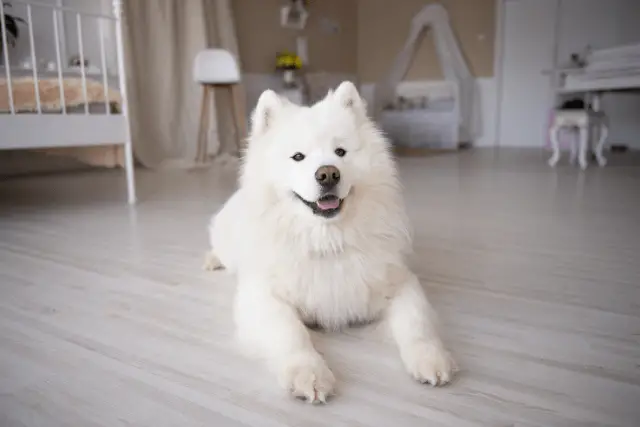
FUN FACT: These dogs can handle the brutal temperature of -60 degrees Celsius. But, contrary to popular opinion, these dogs can live in warmer climates, too, tolerating heat surprisingly well. These dogs have several ways of adapting to variations in temperature.
The rest is pretty basic care. If the dog doesn't wear the nails down naturally, trim them as needed. Check your dog's ears for dirt, redness, or any other sign of infection. To prevent gum disease, brush the dog’s teeth.
This is a friendly, gentle, good-natured, and intelligent family dog. These dogs love to be around their people and are fond of children. Samoyeds were, from the beginning, close to their people (sleeping with them and keeping them warm), and this hasn’t changed. They thrive on human contact, and being left alone for too long can cause them stress.
Exercise
They are active dogs that need daily exercise. Because of their history, when they were primarily working dogs, they were used to working hard and in harsh conditions. When a Samoyed is not provided sufficient exercise, he can become bored and destructive. These dogs do not like to just sit around; they love to have a job to do.
If given enough daily physical exercise combined with a ton of mental stimulation, they are highly adaptable and can live happily, even in an apartment.
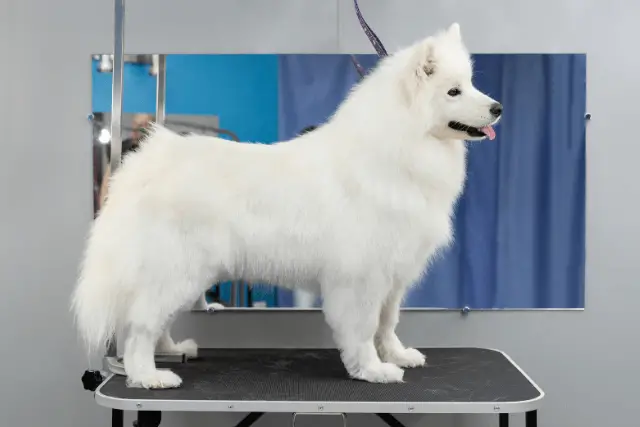
You will need to keep him mentally challenged if you don’t want that your dog became bored. Because of their Nordic heritage, these dogs are best suited for cold climates, and they will enjoy playing in the snow. Because this dog can be sensitive to hot weather, you should be careful with the amount of exercise you are providing your dog on hot summer days.
You need to limit high-level activity to early morning or late in the evening when the temperature drops. During the day, while it's extremely hot outside, keep your dog at home with a fan or air conditioning.
Also, another thing you should be careful with is to never over-exercise your Samoyed puppy or allow him to play, pull heavy loads or jump excessively on hard surfaces. Because his joints are still not fully formed by allowing these things, you could do a lot of damage to his bones and joints.
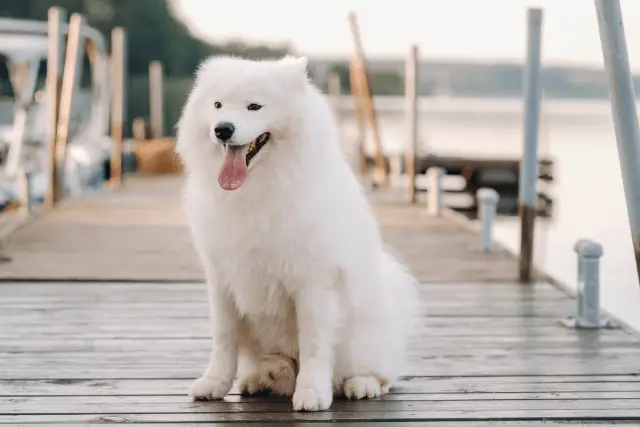
FUN FACT: The Samoyed’s mouth has upturned corners, so these beautiful dogs always look like there are happy and smiling. This Samoyed’s recognizable smile has a practical historical function – upturned corners of the mouth keep the Samoyed from drooling, preventing icicles from forming on the face.
Training and intelligence
Although extremely intelligent, training this dog can be tricky. These dogs are known to be stubborn and have retained a very independent streak. As they are pack animals, an important thing for the owner to do is to prove himself as an “alpha dog” in a household.
This way, his dog will respect him and be obedient. Also, never bore a dog with repetitions. Make the training interesting and fun. The Samoyed needs a very firm but loving hand in training.
If you have trouble training your dog, it is the best option to seek professional help. Both breeders and dog trainers will show you the right way to train your dog with success.
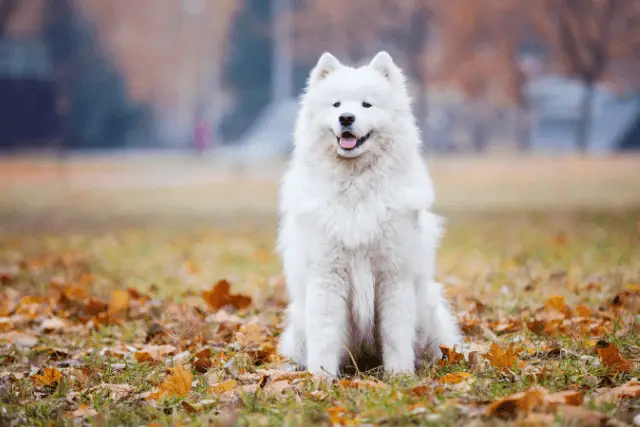
FUN FACT: This dog is one of the 14 ancient breeds most genetically similar to the wolf.
Samoyed - howling
They can be pretty loud as they are prone to excessive barking. Usually, these dogs have high-pitched voices that can drive your neighbors crazy. Also, Samoyeds loooove to talk! They talk to their owners by barking and howling. Their howl evokes their wolf ancestry.
It is important to teach your dog to be quiet when asked; it is the only way to keep constant vocalizing under control.
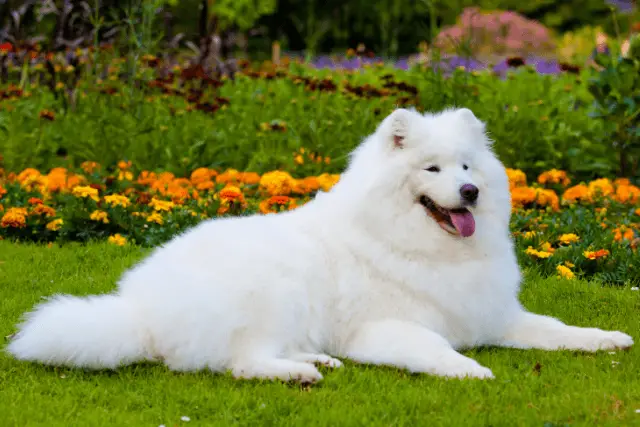
Socialization and temperament
Although these dogs are usually friendly and polite to strangers, they are also good watchdogs. If there is something or someone suspicious near his family or home, he will alert the family with loud barks. Samoyed’s hunting instincts are strong, so the dog will probably seize every opportunity to chase smaller animals. They get along well with smaller animals if they are raised together.
When it comes to other dogs, this dog is usually friendly with them. Naturally, between two dogs of the same sex, there can be some tension. However, like any other dog, this dog also needs early socialization and exposure to many different sights, sounds, and experiences.
Their temperament is affected by several different factors, including training, socialization, etc. With early and correct socialization, you can be sure that your Samoyed dog will grow up to be a well-rounded dog.
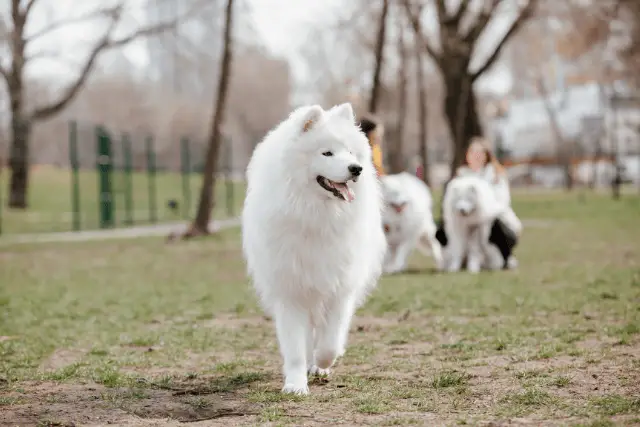
To be sure that your dog is exposed to many different situations, invite people to your house regularly, take your dog to the dog park regularly, and allow other dogs and other animals to get close to him so he can get used to many different situations which will result in the well-behaved dog.
Samoyed and kids
These dogs are deeply attached to his family, and this also includes children. If you properly raise and socialize your dog, he will truly enjoy kids' attention, but you need to be sure that the kids are taught how to properly approach and play with the dog.
Because of his size, Samoyed could easily knock over the small child during the play without even knowing what happened. That is extremely important that you supervise every interaction between dogs and kids.
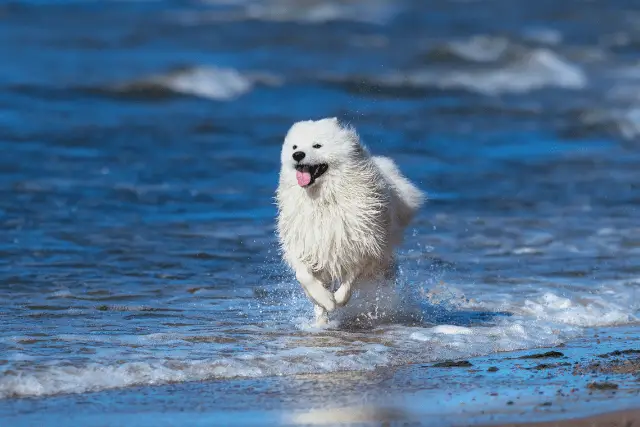
Health issues
This dog has a long life expectancy of 12-14 years. There are some health conditions that (future) owners should be aware of.
These conditions are
- hip dysplasia,
- patellar luxation (dislocated kneecap),
- gastric torsion or bloat,
- glaucoma (increased pressure in the eye),
- cataracts,
- diabetes,
- hypothyroidism (a disorder of the thyroid gland),
- progressive retinal atrophy (PRA),
- cancer (symptoms can include abnormal swelling, sores that do not heal, bleeding, and difficulty with breathing), etc.
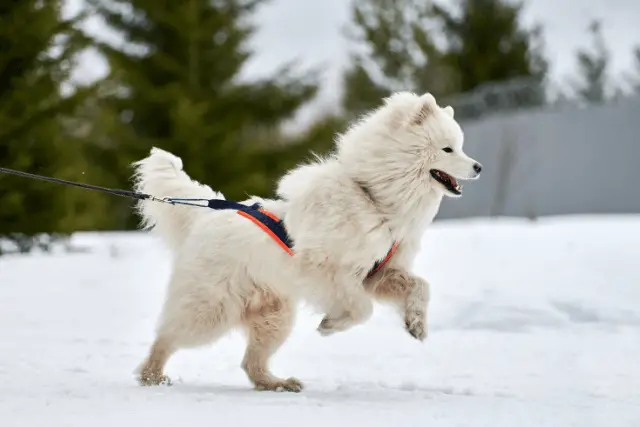
Samoyeds are also genetically predisposed toward glomerulopathy. Glomerulopathy is a kidney disease. The symptoms include weakness and weight loss, but these symptoms are subtle. To catch this disease, you must analyze the dog’s urine.
To this date, no genetic tests will reveal this hereditary glomerulopathy, but researchers are working on it.
There are a few recommended health tests you could perform to be sure that your Samoyed dog is healthy: hip evaluation, ophthalmologist evaluation, PRA Optigen DNA test, and cardiac exam.
Samoyed breeders
If you are thinking about getting this dog breed, you need to do research and find out everything about this dog breed. This is generally a good and sweet dog breed, but you have to work with this dog so you wouldn’t have problems and so both you and your dog will be happy.
This breed is not for everyone, and they are recommended for people who will have time to take care of him as well as for the people who, at the first sign of disobedience, will not be overwhelmed by panic or fear. This is a great family dog who gets along well with children, but you need to know that they require a lot of activity to be happy.
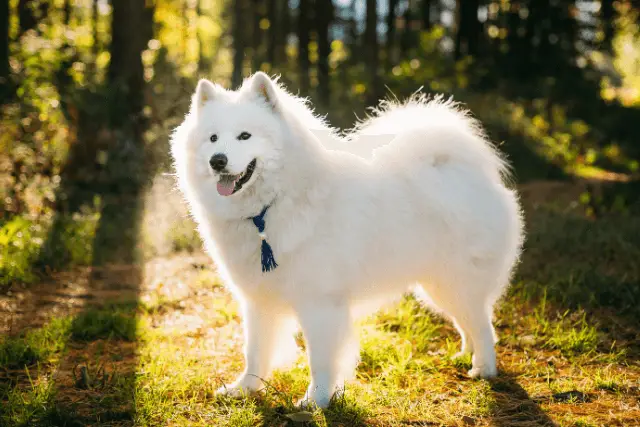
If you decided that this dog is right for you now it's time to find a good and responsible Samoyed breeder. We advise you only to search Samoyed breeders on the World Dog Finder website or at the national cynological associations of your country.
By doing this, you will remove the possibility that you buy a dog from an irresponsible (puppy mill) breeder, and you can be sure that the possibility that your dog develops any serious health problems is low as it can get.
After contacting the breeders, always ask them all the questions you are interested in about the dog, and the good breeder will gladly answer them because the only thing that they want for their puppies is to go into a good home. Be prepared that you will pay a lot of money for purebred Samoyed dogs and when you include the costs of their food, vet visits, etc the expenses are even higher. Well-bred pedigree puppy costs between $1,000 and $2,000.
World Dog Finder team

Updated at31.08.2023.
Breed History
This is a popular medium to the large-sized dog breed that originated from Siberia. The name Samoyed comes from the Samoyede people, who migrated to Siberia a thousand years ago. These dogs are also known as "Bjelkiers" (the white dog that breeds white). These dogs were bred for hard work.
Samoyed dogs were used to hunt, herd reindeer, guard homes, and haul sleds. They were loved by the Samoyede people and were allowed to live with their masters inside their tents, known as the “chooms”. They would keep their people warm during cold Arctic nights.
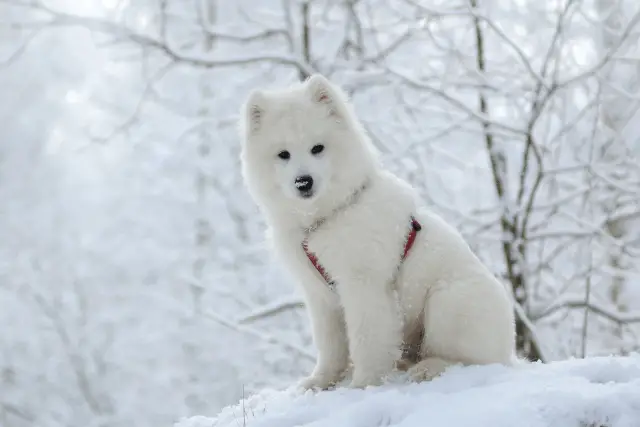
This type of cooperation between canines and humans to survive formed a tight bond between Samoyeds and people. When these dogs were not leading heavy loads, they were used as watchdogs and hunters.
A vital source of food, fur, and leather for the Samoyede people was reindeer. Initially, they used these dogs for hunting reindeer, but over time Samoyede culture has switched from hunting to herding reindeer. Because of that, Samoyed dogs found a new role as they began to move and protect the herds.
During the late 18th century, adventurers returning from the Arctic to England introduced this dog to British dog lovers. Queen Alexandria was an admirer of this dog breed, and she promoted this breed as a companion and show dog. In 1906 this breed made its debut, and the first dog named Moustan of Argenteau was registered in the AKC. FCI accepted this dog breed on a definitive basis in 1959.
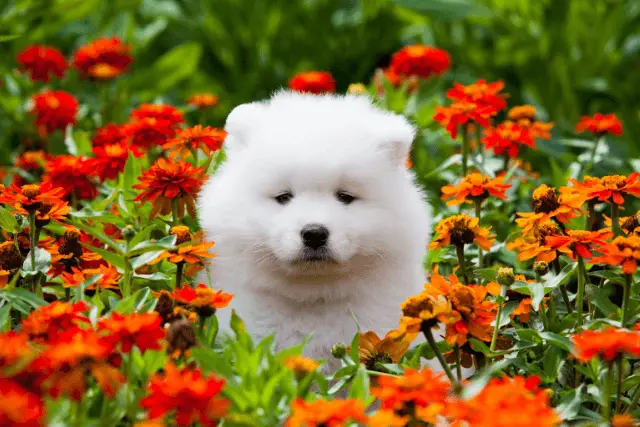
FUN FACT: These dogs were used on both Arctic and Antarctic expeditions to pull sleds.
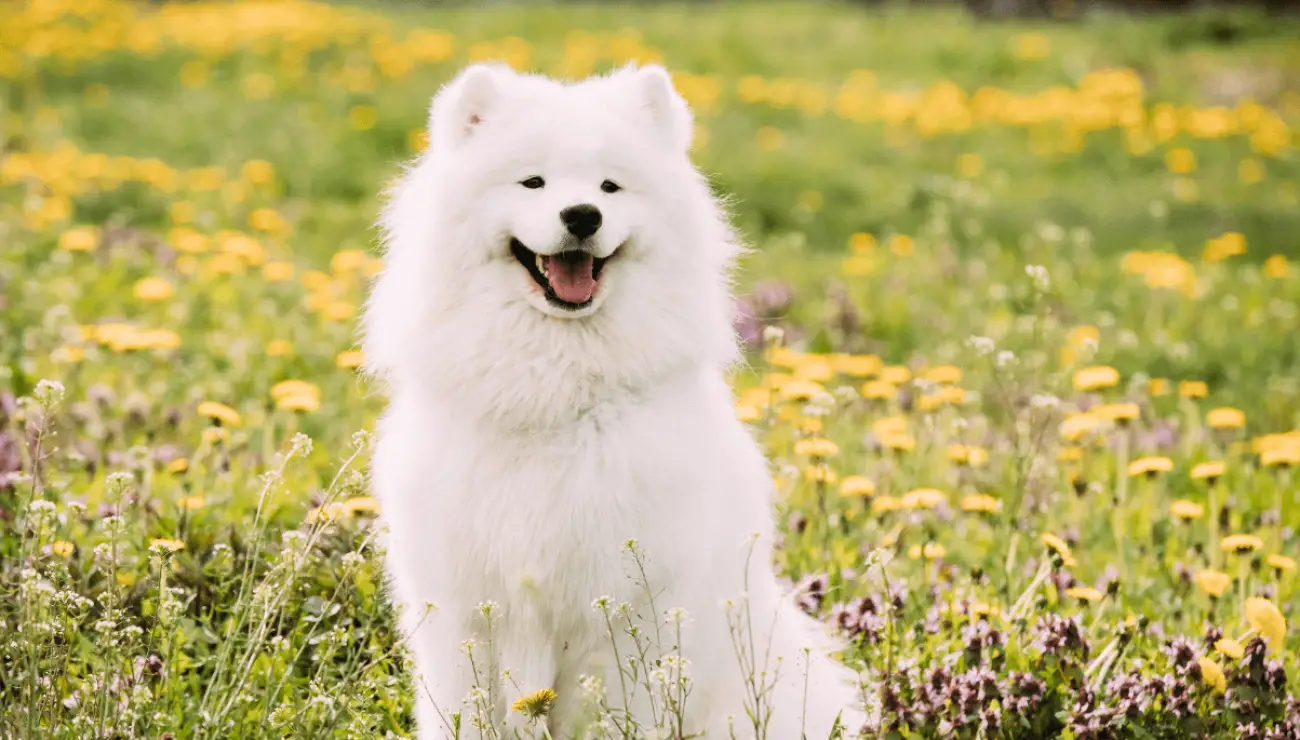
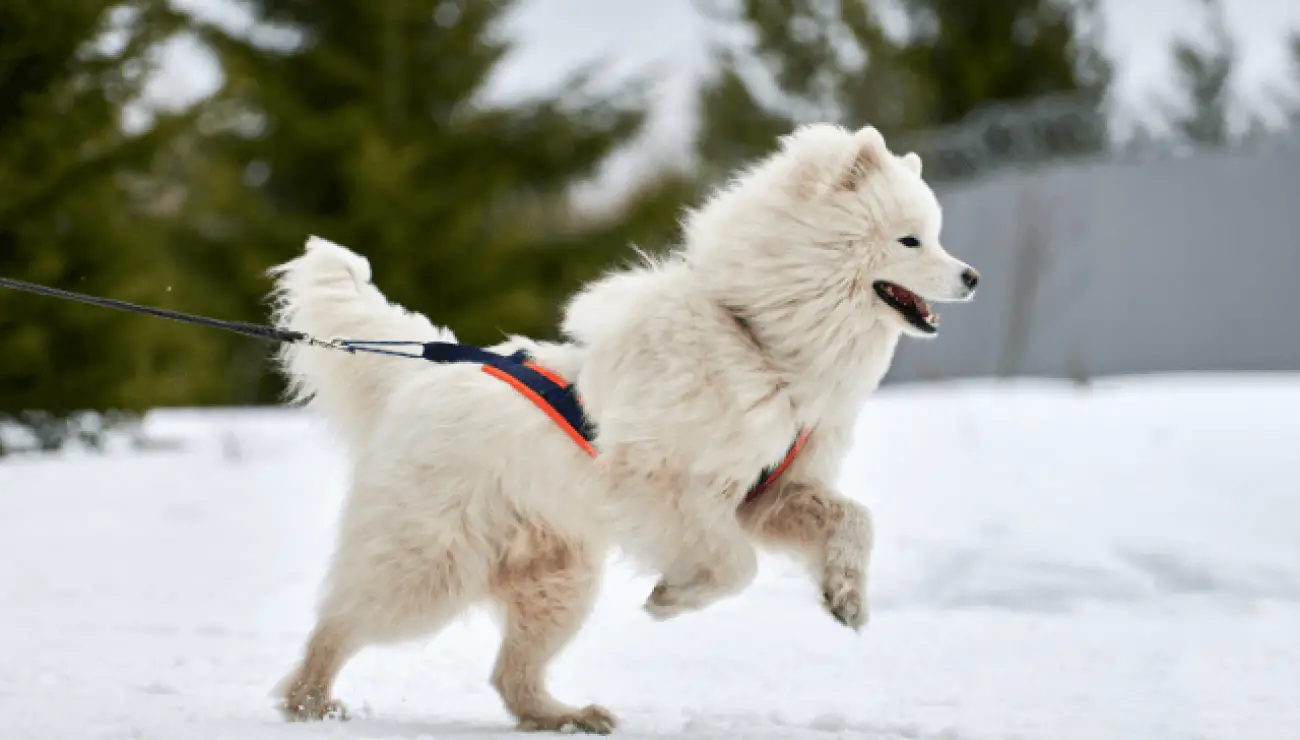
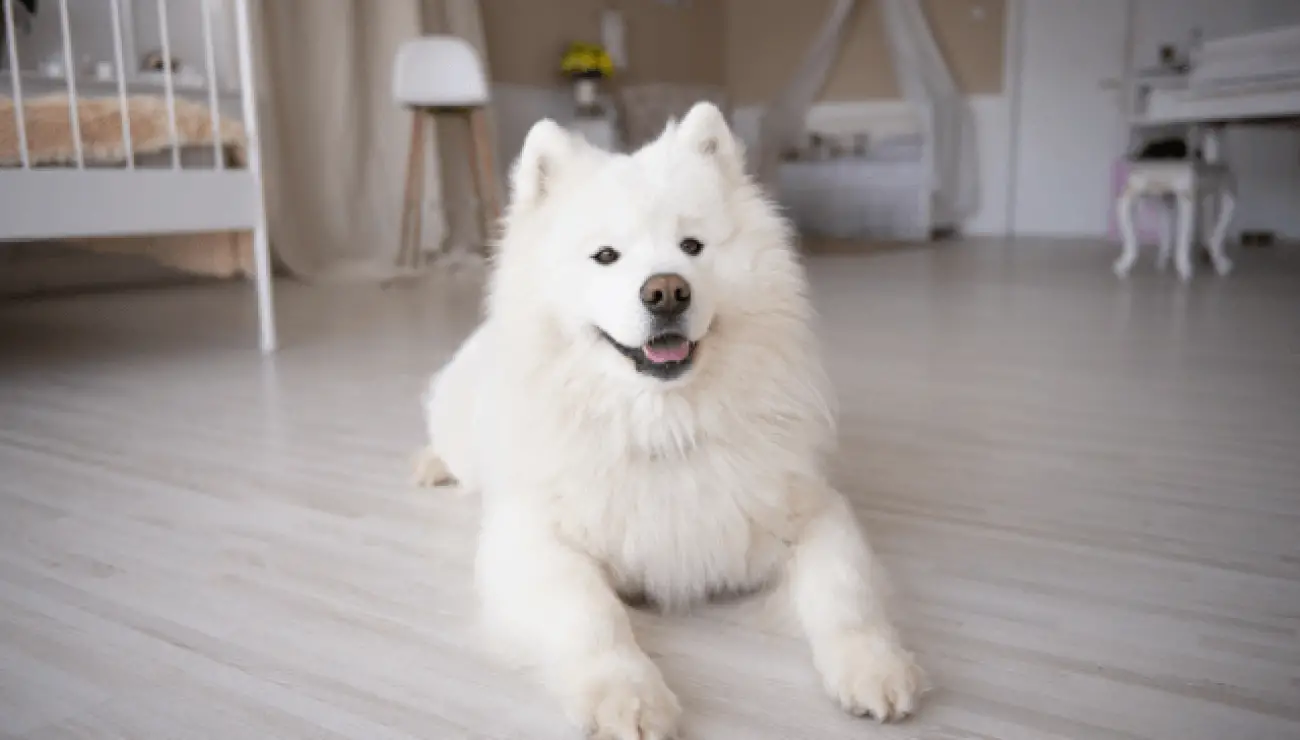
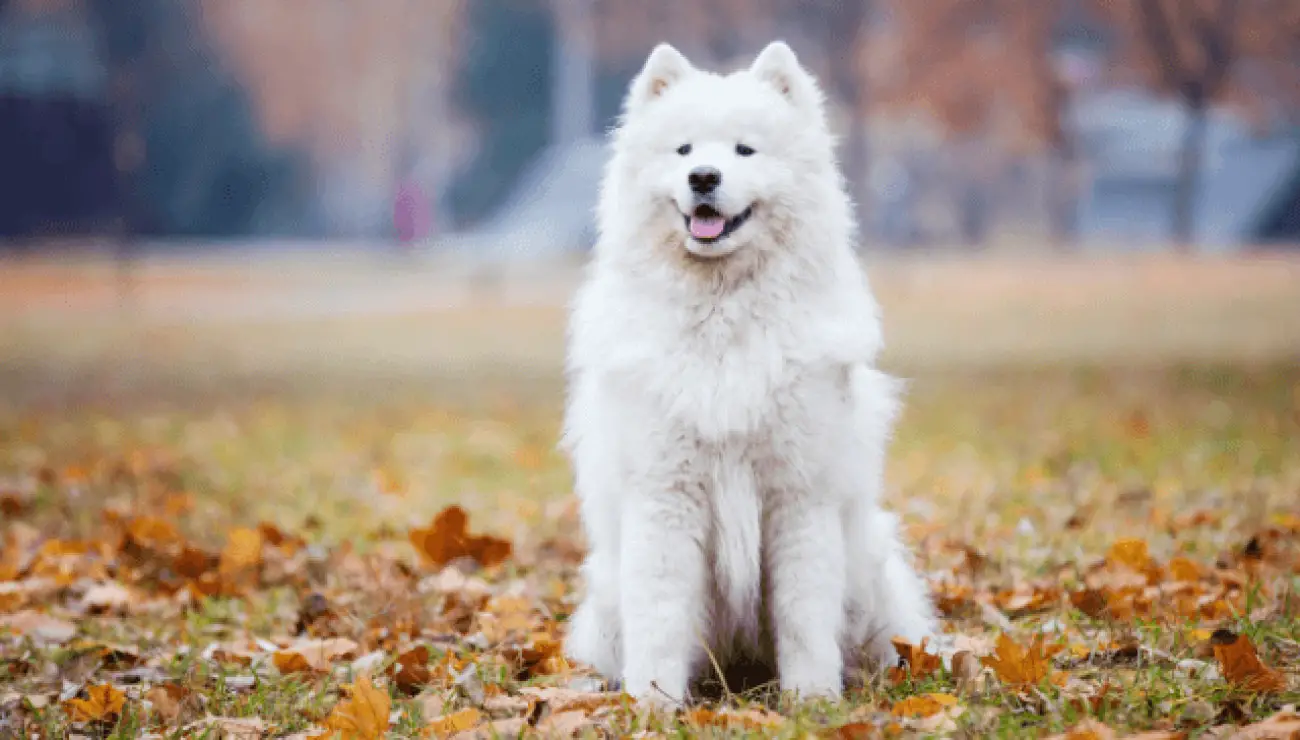
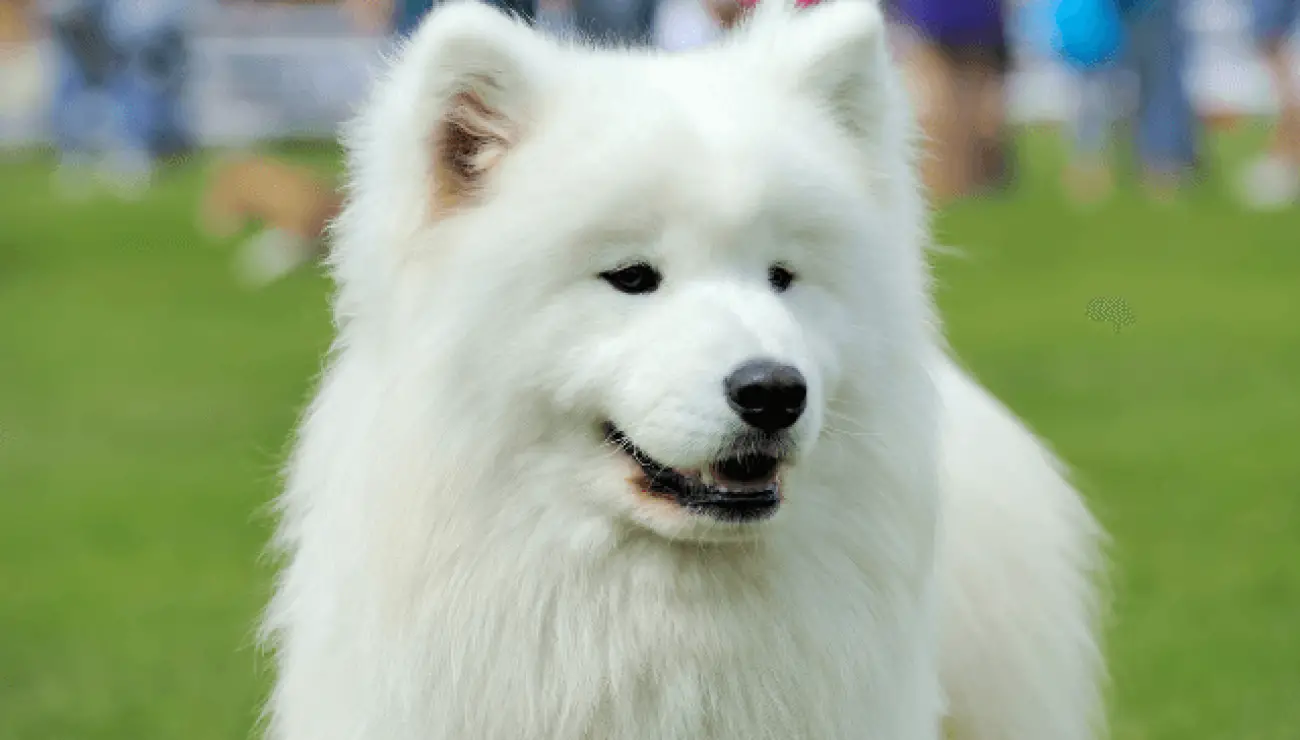
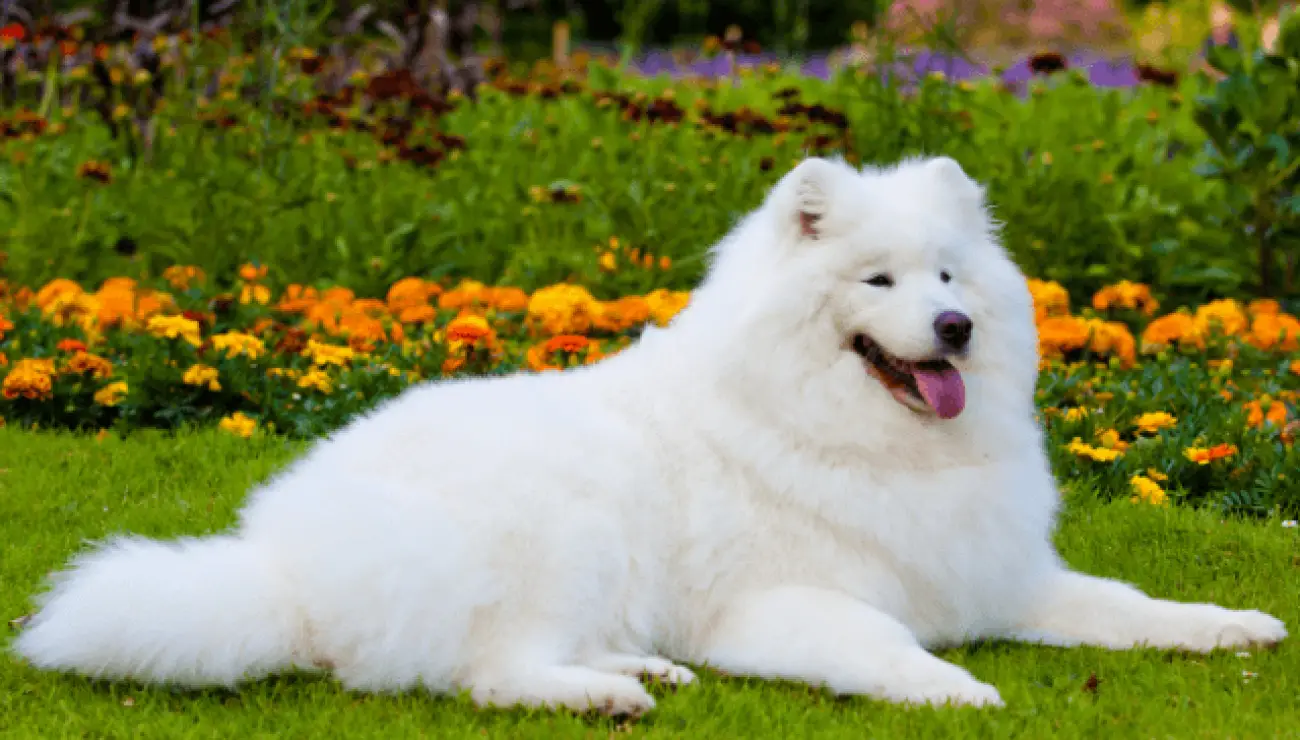
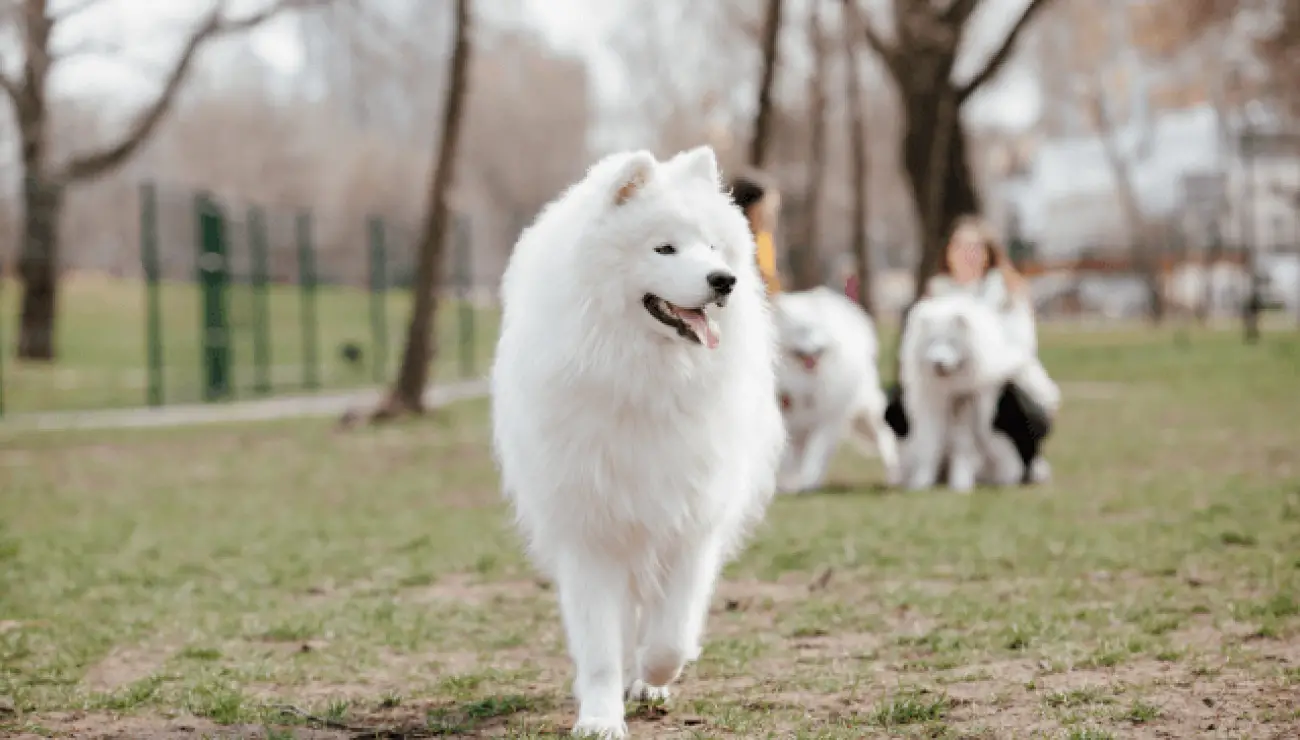



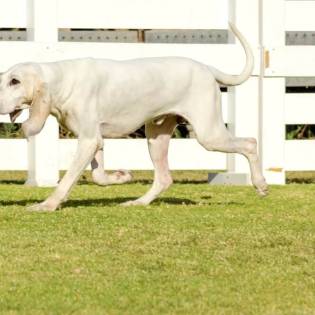
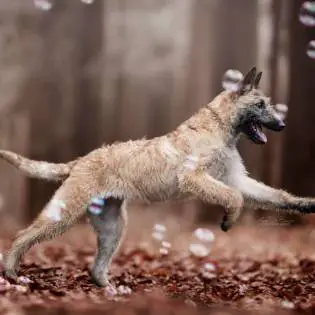
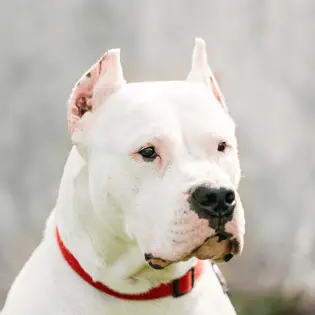

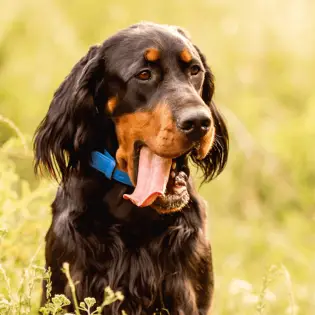
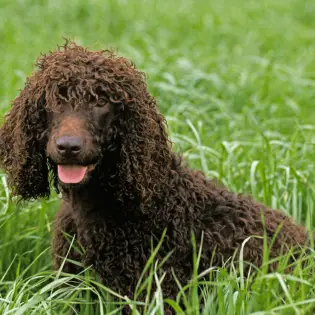
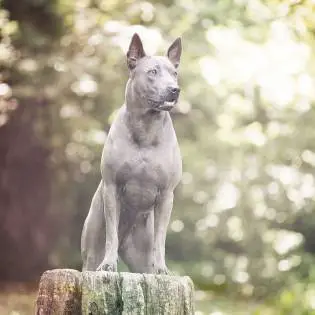

Share